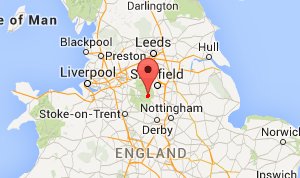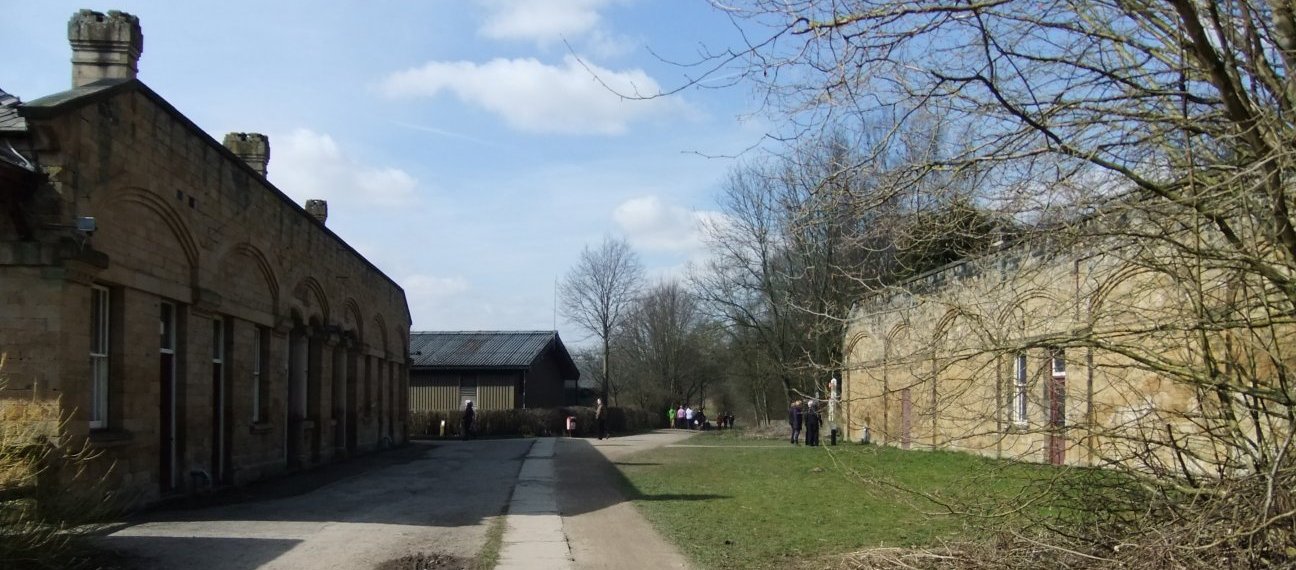

The town of Bakewell is situated in the Peak District of Derbyshire, more or less in the centre of Great Britain.
It lies on both a major road route and what was once a major rail route. The road is the A6, which originally stretched from London to Edinburgh, and is still the main arterial route between Derby and Manchester.
The rail route was the Midland Main Line (not to be confused with the present day rail company) which ran from London to Manchester.
For such a small town, then, Bakewell saw a lot of express passenger traffic, as well as a large amount of freight originating from Rowsley Yard, which was a couple of miles down the line.
The station was opened in 1862 as part of the new extension of the Manchester, Buxton, Matlock and Midland Junction Railway, by the Midland Railway Company. The line was intended initially to link Manchester with Nottingham and Leicester, but became the central Manchester to London route for the Midland Railway, and later the London, Midland and Scottish railway.
Bakewell Station is located on the side of the valley which contains the town, and is reached by climbing quite a steep hill, about quarter of a mile long. Despite this, Bakewell was the principal market town for the surrounding area, and on Mondays (the market day) there would be a constant stream of livestock from the station to the market place in the centre of the town, and the Station would be busy from early morning until late at night with trains bringing and then taking away cattle, sheep and pigs, some of which travelled from as far away as Buxton, Ashbourne and Chesterfield.
There were two coal merchants based in the station yard, and two long sidings in the goods yard would usually be filled with coal wagons unloading.
In addition to the London to Manchester expresses which roared through Bakewell without stopping 4 times a day, (and in latter years these included the famous Blue Pullman expresses) there were any number of passenger services: Derby to Buxton, Derby to Manchester, Derby to Bakewell, Matlock to Buxton, which stopped at Bakewell Station.
In the last years of BR, before the line was closed, it was used to test all manner of locomotives, including the infamous Fell diesel...
Although often reported to be one of the victims of The Beeching Plan to rationalise the railways, this is not in fact the case, as Beeching was intending to keep the line open, however the then Transport Minister Barbara Castle decided that the line should close, with the majority of express traffic re-routed in 1965 and the Station finally closed to passengers in 1967, although freight continued to use the line, and the Goods Yard, until 1968.
As it is today, the Station buildings survive, with the down platform building used as offices, and the track bed (although filled in between the platforms) now forms part of the Monsal Trail cycle and footpath.

The Goods Shed also still survives, now used as a car repair and MOT centre, and the former goods yard is an industrial estate.
